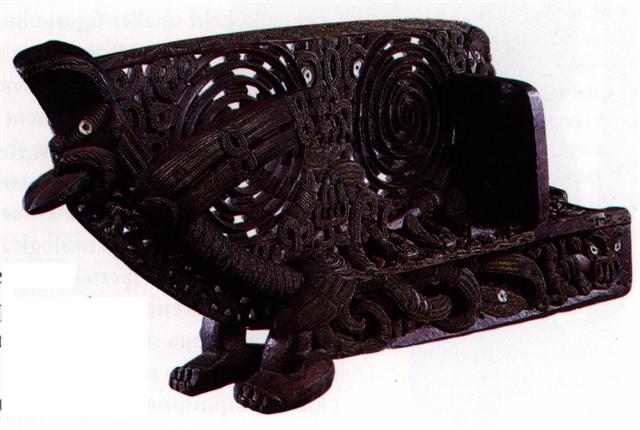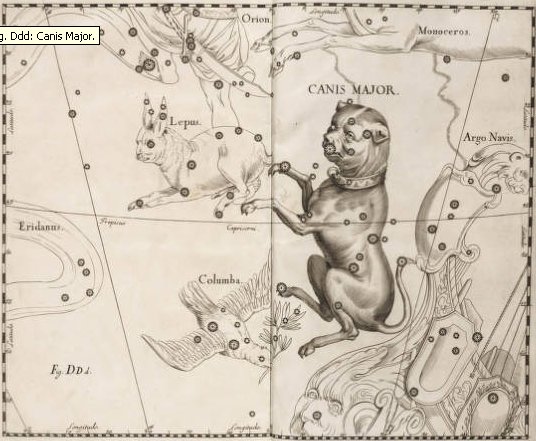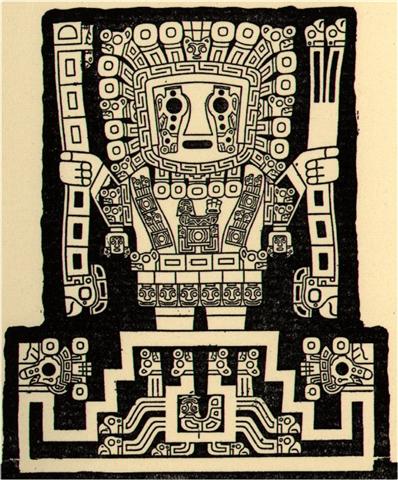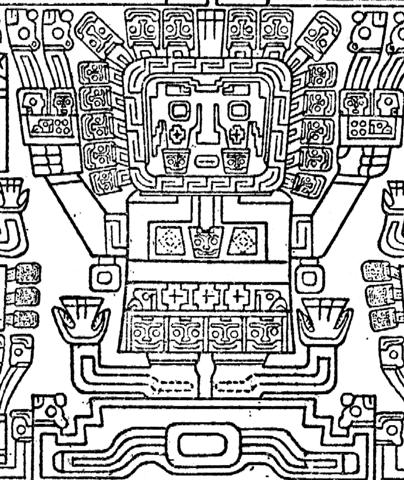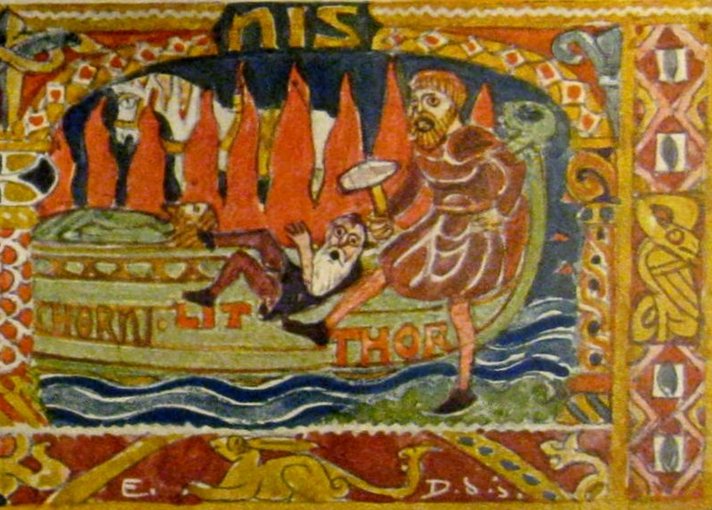The Phoenician alphabet had like a coin an upper and a lower half: ... The first half beginning with Alef - an ox, and ending with Lamed - a whip. The second list begins with Mem - water, and continues with Nun - fish, Samek - fish bones, Ayin - a water spring, Peh - the mouth of a well, Tsadi - to fish, Kof, Resh and Shin are the hook hole, hook head and hook teeth, known to exist from prehistoric times, and the Tav is the mark used to count the fish caught ... The Greek letter ψ corresponded to the last (12th) Phoenician letter in the upper half, viz. Lamed - a whip. Bayer assigned the last stars in Auriga with this letter (ψ), but Hevelius had them in the whip of Castor:
The first Phoenician letter was the Ox (Alef) and the creator of the G text probably knew there once upon a time had been a beginning of Land with Taurus, which might have influenced his choice of where to begin his text on the front side of the tablet. However, south of the equator, in Polynesia, Aldebaran (Ana-muri) was at the end rather than at the beginning. It was Antares, 184 days earlier, which was at the front (Ana-mua). The adornment at the front of a canoe was Rei-mua:
And the adornment at its end was Rei-muri. The Rei type of glyph could therefore have represented the whole 'ship' from Antares to Aldebaran. But the beautiful first Rei in the text was at Furud (ζ at the right hind paw of Canis Major) - at a position reminding us of Algenib at the right wing of Pegasus and around 93 days earlier:
Clearly a tail rather than a mouth is here exhibited at heliacal Antares - i.e. the beginning should have been at Aldebaran. Anciently the star pictures in the night sky were created north of the equator and this may have influenced the creator of the text. North of the equator the beginning was in Taurus and the end in Scorpius. At the time of the Gate of the Goat the star Furud - rising with the Sun around day 384 after 0h - may well have marked the beginning of the season of sailing (with a nice summer weather north of the equator). The glyphs were connected with the heliacal stars and these in turn to the ancient traditions in the north. The normal orientation of the Rei glyphs was vertical instead of the expected horizontal plane defined by the surface of the sea. Possibly it meant these glyphs represented the current position of the Milky Way River, down which the souls would come to be reborn. Reiga were spirit leaping places from where the spirits of the dead 'jumped up' and they could later have returned by way of the River. Reincarnation was a difficult word to pronounce for the Polynesians and it might well have been shortened into reiga. South of the equator ●APRIL 9 was a date in autumn in a way corresponding to day 99 + 183 = 282 (●OCTOBER 9). At Ga1-30 the Sun was on his way somewhere in the north sailing towards his rebirth in spring and it was his 'nighttime' journey:
In this nightside picture from the Gateway of the Sun there is a canoe-formed ornament (Rei) on the chest of the Sun which is oriented horizontally. His arms are very short as if he had been compressed into a confinement, into a 'coffin'. ... But Osiris's evil brother, Set, whose sister-wife was the goddess Nephtys, was mortally jealous both of his virtue and of his fame, and so, stealthily taking the measure of his good brother's body, he caused a beautifully decorated sarcophagus to be fashioned and on a certain occasion in the palace, when all were drinking and making merry, had it brought into the room and jestingly promised to give it to the one whom it should fit exactly. All tried, but, like the glass slipper of Cinderella, it fitted but one; and when Osiris, the last, laid himself within it, immediately a company of seventy-two conspirators with whom Set had contrived his plot dashed forward, nailed the lid upon the sarcophagus, soldered it with molten lead, and flung it into the Nile, down which it floated to the sea ... After having been reborn, however, the Sun would be able to raise his arms high in the universal gesture of greeting (and no Rei would be necessary) - this was exhibited on the back side of Pachamama (Mother Earth):
Hora (summer) means spreading out. Therefore toga (winter) had to be the opposite.
The current northern midsummer was described by the preceding glyphs:
... The trunk is then uprooted and split into faggots which are added to the flames. The twelve merry-men rush in a wild figure-of-eight dance around the fires, singing ecstatically and tearing at the flesh with their teeth. The bloody remains are burnt in the fire, all except the genitals and the head. These are put into an alder-wood boat and floated down the river to an islet; though the head is sometimes cured with smoke and preserved for oracular use. His tanist succeeds him and reigns for the remainder of the year, when he is sacrificially killed by a new Hercules ...
... According to Gylfaginning, following the murder of Baldr by Loki, the other gods brought his body down to the sea and laid him to rest on the ship. They would have launched it out into the water and kindled a funeral pyre for Baldr but were unable to move the great vessel without the help of the giantess Hyrrokkin, who was sent for out of JŲtunheim. She then flung the ship so violently down the rollers at the first push that flames appeared and the earth trembled, much to the annoyance of Thor ... Possibly the Rei type of glyph corresponded to the Greek letter o-mega:
|
||||||||||||||||||||||||||||||||||||||||||||||||||||||||||||||||||||||||||||

